Why gaming laptops excel at creative work, not just playing games
If you walk in on a team of graphic designers, you may be believe you’ve just stumbled into a PC gaming tournament. To power 3D intensive applications, many of those users seek out powerful gaming laptops. They can carry them to the field as a bonus, with or without the RGB.
Video editors are similarly enticed by gaming laptops. They’re often right behind gamers in the queue when a new model sees light of day. Bleeding-edge hardware and new screen technology constantly ups the ante for these users who depend on the best.
Are gaming laptops a good choice for a budding video editor or graphic designer? We’ll go over the hardware typically required, the all-important screen, and the drawbacks you will be dealing with by going this route.
Further reading: Best gaming laptops 2024: What to look for and highest-rated models


IDG / Matthew Smith

IDG / Matthew Smith
IDG / Matthew Smith
PerformanceOn the surface, it makes a lot of sense why professional users go on this RGB-laden path. Robust gaming laptops such as the Razer Blade 16 are filled to the brim with an overabundance of hardware. They’re chock full of RAM and the fastest mobile CPUs. The Intel Core i9-14900HX and Powerhouse GPUs such as the Nvidia GeForce RTX 4090 with 16GB of VRAM delivery astounding levels of performance.
It’s simple: PC games demand maximum performance of the GPU, CPU, and RAM. This means that gaming laptops are conveniently equipped to deal with non-gaming tasks. Video editing relies heavily on the GPU, with some CPU backup. 3D Graphics workflows are likewise dispatched intuitively, taking advantage of the same potent hardware.
Utilitarian workstation laptops may have unnecessary specialized hardware that adds to the price. Much of consumer grade hardware is well-suited for workflows such as Blackmagic Design’s Davinci Resolve or Adobe Photoshop.
Nvidia’s CUDA on its GPUs make easy work of 3D tasks, along with available Studio Drivers on consumer hardware.
Desktops can have higher performance for a lower price, but with a lack of mobility as a caveat.
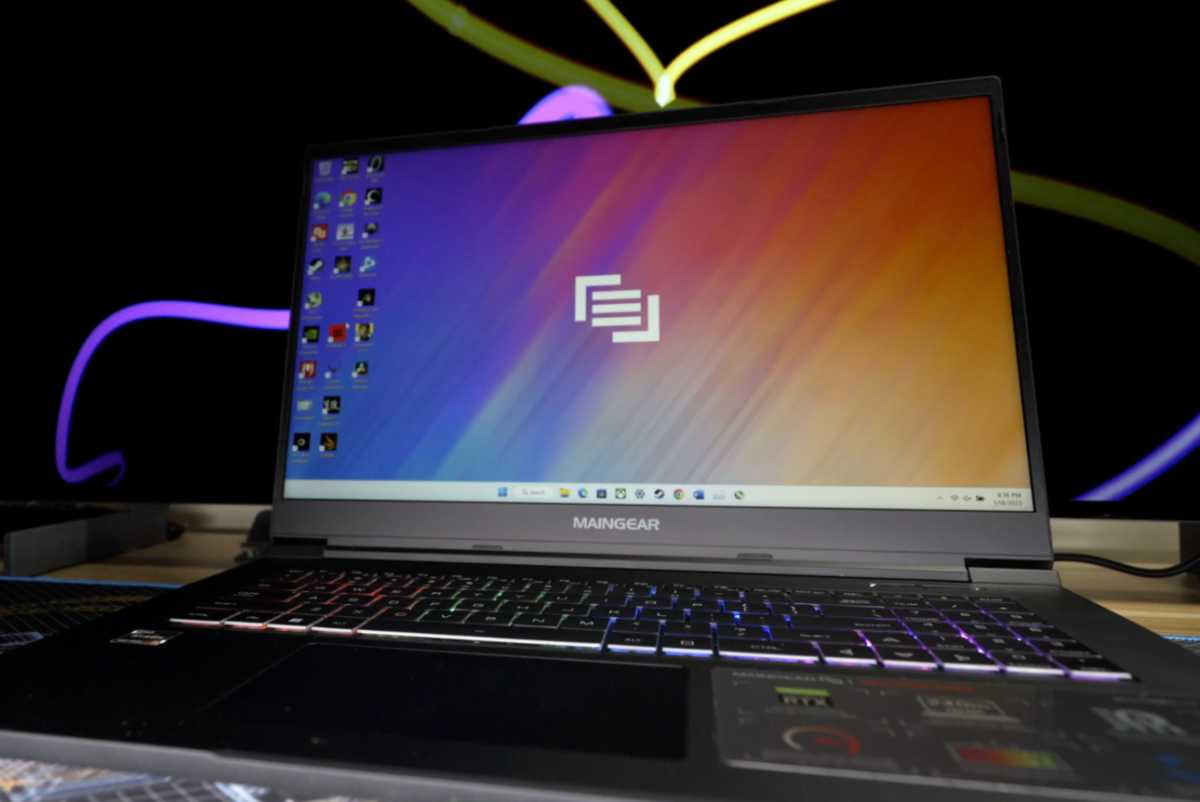

Thiago Trevisan/IDG

Thiago Trevisan/IDG
Thiago Trevisan/IDG
Let’s break down what you’re getting in a high-end laptop. Workflows with video editing or 3D graphics will depend on the GPU. The CPU plays a vital role with photography and overall performance.
CPUThe fastest gaming laptops will pack a CPU such as the Intel Core i9-14900HX or an AMD Ryzen 9 8945HX. Power draw is lower than desktop counterparts due to thermal limits. The Intel Core i9-14900HX utilizes a whopping 24 cores and 32 threads. This means it will breeze through synthetic benchmarks such as Cinebench R23 and software such as Handbrake.
Adobe Creative Cloud users with apps such as Photoshop will benefit from these fast CPUs. The highest clock speeds are shy of their desktop counterparts, but they remain capable. Encoding and decoding can also be a benefit with modern CPUs for video editors where the GPU is not needed.
New chips such as the Intel Ultra Core lineup have built-in AI capabilities, which help to regulate performance and power usage.


Thiago Trevisan/IDG

Thiago Trevisan/IDG
Thiago Trevisan/IDG
A drawback of these powerful CPUs will come down to cooling. Thermal limits are quickly reached and result in throttled performance. Higher fan noise will be expected unless power settings are tweaked by the user. Laptop cooling pads will be essential for prolonged sessions. Video editing or 3D design software can often have similar demands as gaming on the hardware.


Thiago Trevisan/IDG

Thiago Trevisan/IDG
Thiago Trevisan/IDG
Gaming laptops have sizable power bricks to supply their ample performance. Battery life is typically poor, irrespective of the large power supplies. The high performance on tap and bright screens makes for quick depletion of batteries. Mark Hachman shared some of his thoughts on these power adapters in his review of the MSI Raider GE78.
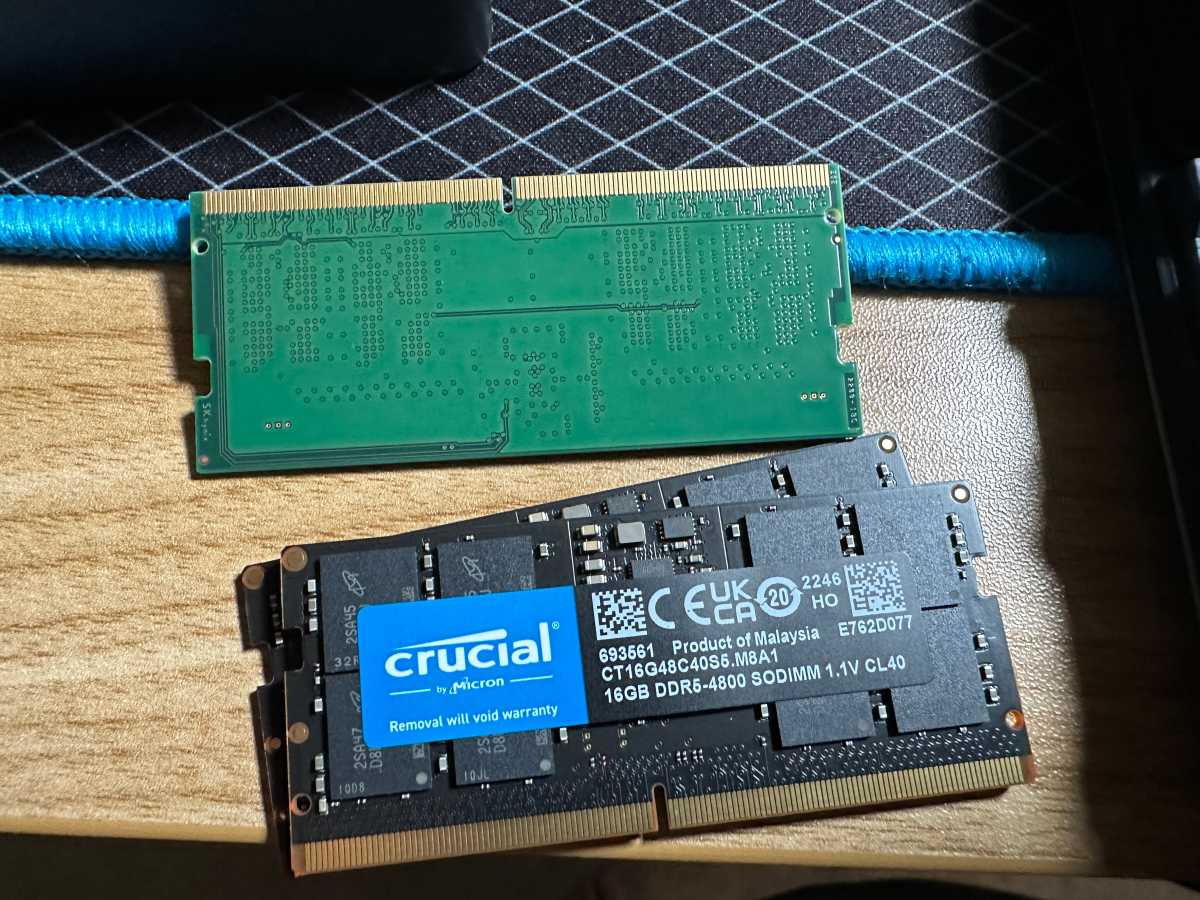

Thiago Trevisan/IDG

Thiago Trevisan/IDG
Thiago Trevisan/IDG
RAMGaming laptops often pack 32GB of fast DDR5 RAM. Some models, such as the MSI Titan 18 HX, can handle upwards of 128GB of RAM. The sweet spot for most will fall between 32GB and 64GB of RAM. It remains one of the most upgradable components on gaming laptops, which is a major plus.
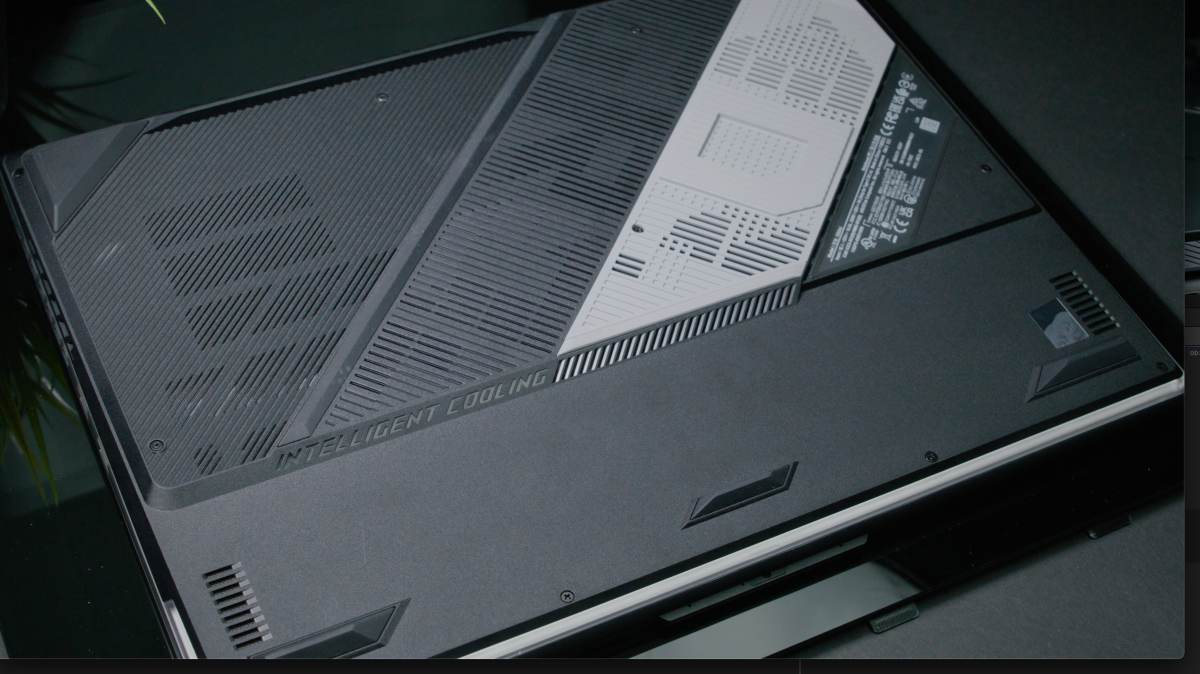

Thiago Trevisan/IDG

Thiago Trevisan/IDG
Thiago Trevisan/IDG
GPUAh, the GPU. It’s the star of the show for users seeking 3D performance. The Nvidia GeForce RTX 4090 with 16GB of VRAM can breeze through many tasks with aplomb.
Video editors who use Blackmagic’s Davinci Resolve or Adobe Premier Pro have seen tremendous results. A powerful GPU can help with timeline scrubbing, adding affects, exporting, and overall snappiness. 3D graphics artists using software such as Blender will be all too familiar with GPU grunt to aid in workflow.
VRAM is vital in video editing or 3D work such as the 16GB found in the top-end Nvidia GeForce RTX 4090. These mobile GPUs are not the full versions found on desktop, as power limits enter the fray in mobile hardware.
Gaming laptops will have both an internal GPU such as on an Intel chip and a discreet GPU such as an Nvidia GeForce RTX. The switch is often seamless and can aid with battery life. The internal GPU can sometimes aid in tasks like encoding when the CPU is involved, too.
There are some caveats with even the fastest laptop GPUs, though. They remain less powerful than their desktop counterparts for those requiring maximum performance. For example, a desktop Nvidia GeForce RTX 4090 will be far superior to its mobile brethren. The laptop version is more on the level of a GeForce RTX 4070 Ti. This is par for the course due to mobile’s smaller size and thermal constraints.
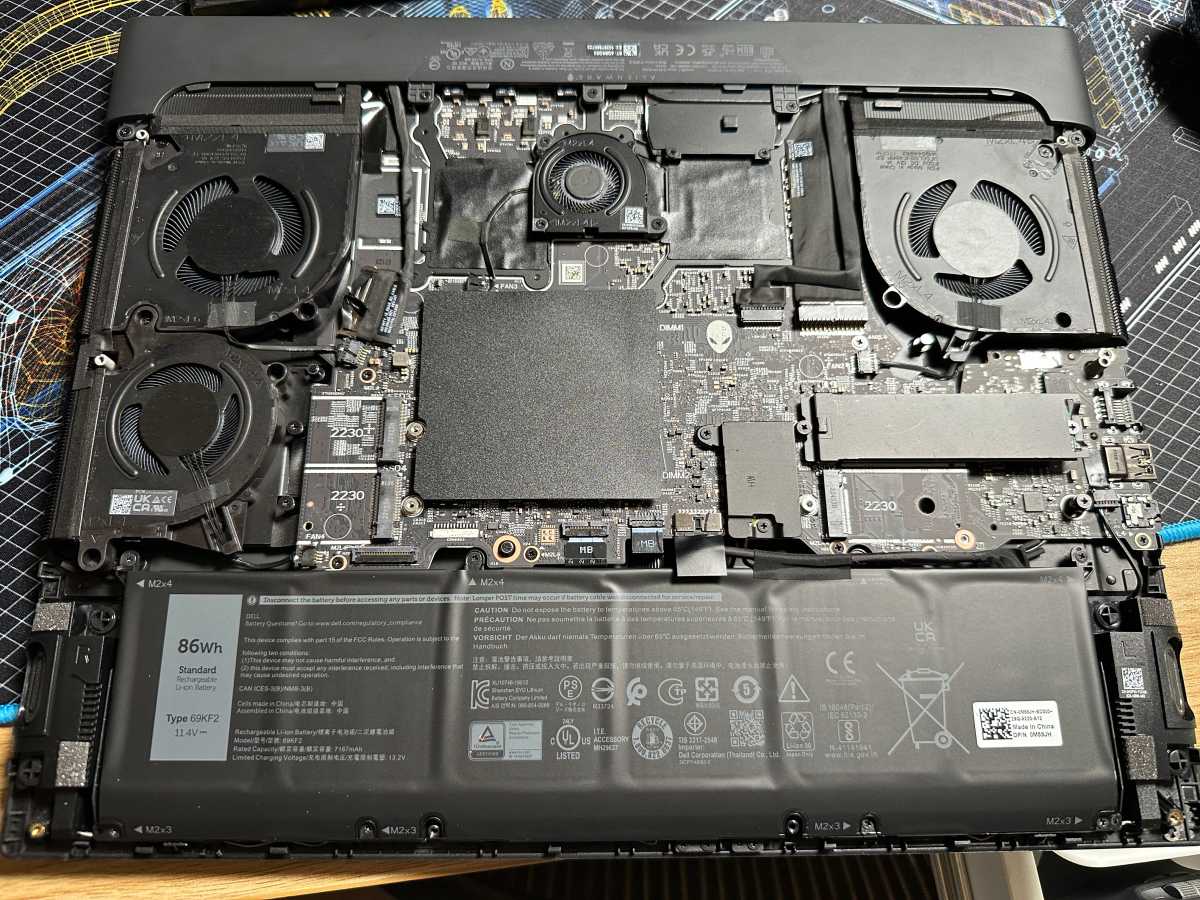

Thiago Trevisan/IDG

Thiago Trevisan/IDG
Thiago Trevisan/IDG
StorageProfessionals rely on storage much like oxygen and gaming laptops do not disappoint. The Alienware M16 laptop above features multiple slots for fast NVME SSDs, which can be placed in RAID setups. With large and fast sizes readily available, internal storage can accommodate the workflows of professionals with ease.
Along with RAM, NVME drives account for the only user-accessible upgrades that can be done. The drawback here is that you’re stuck with the CPU and GPU for the life of the machine.
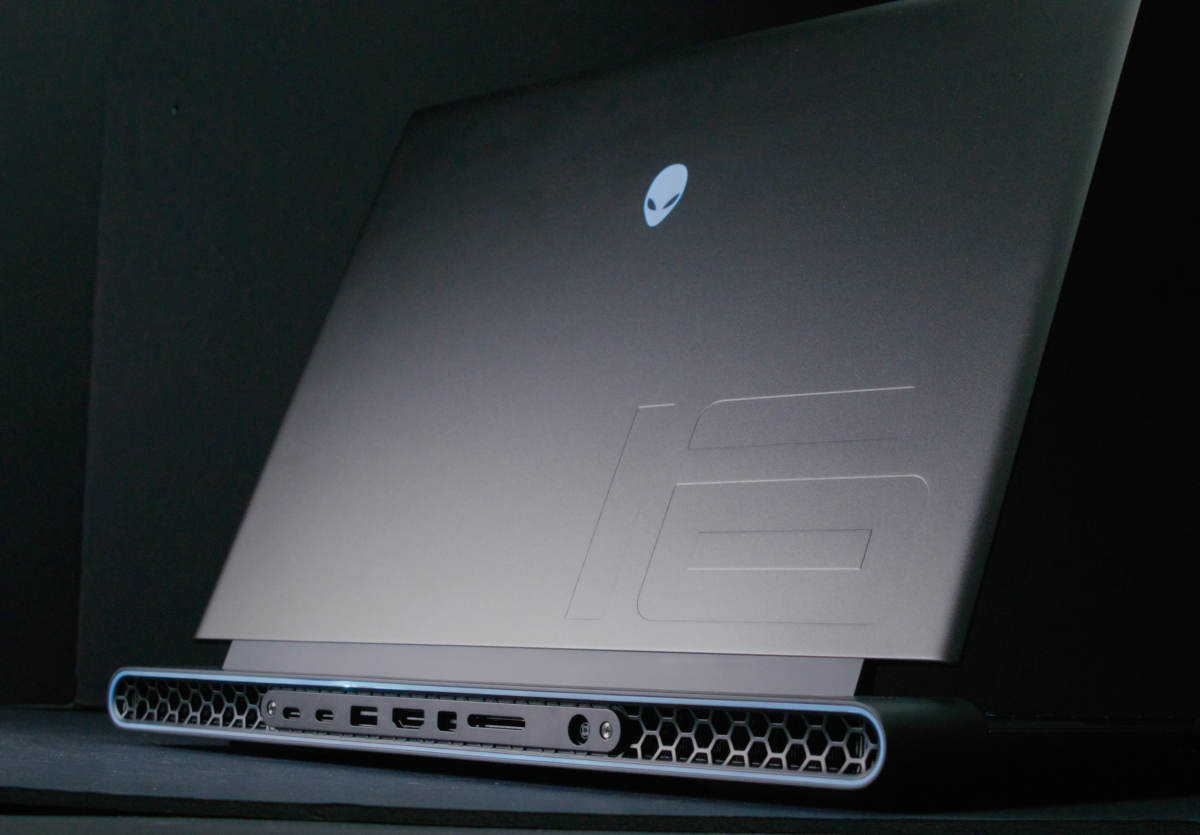

Thiago Trevisan/IDG

Thiago Trevisan/IDG
Thiago Trevisan/IDG
PortsIf the internal storage isn’t sufficient, many gaming laptops pack a bevy of ports to accommodate professionals. With Intel based machines, Thunderbolt 4 is available with the fastest transfer rates.
Various flavors of USB are also abundant on gaming laptops, along with the prerequisite HDMI outputs. Connecting to external monitors will be essential for professionals, and gaming laptops have that capability built in.
Screens and usabilityGamers are not alone in chasing the best screen technology available. Video editors, photographers, and graphic designers rely on accurate, bright screens.
Creators enjoy working with high resolution 4K screens with maximum pixel density. Gaming laptops do not disappoint with numerous models such as the Razer Blade 16 offering such screens. One drawback will be screen size, as the biggest laptop currently tops out at 18 inches. The MSI Titan 18 HX packs a 120Hz 4K mini LED display, accompanied by a jaw-dropping price of around $5,000.
Looking for a more high-end gaming laptop? The MSI Titan 18 hx is your best bet. MSI Titan 18 HX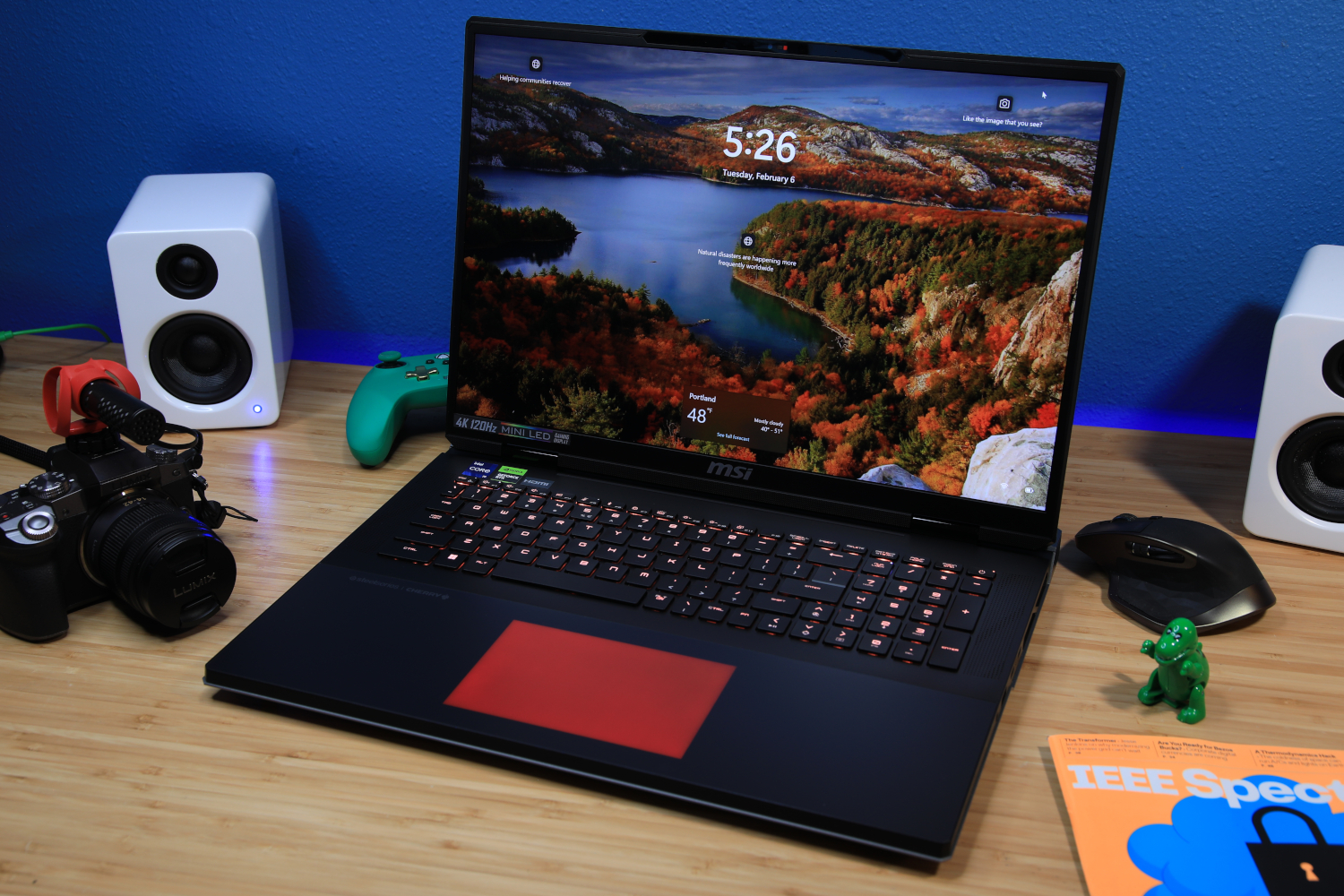
 Read our review
Price When Reviewed:
$5,399.99
Best Prices Today:
$5399 at Amazon |
$5399 at B&H |
$5399 at MSI
Read our review
Price When Reviewed:
$5,399.99
Best Prices Today:
$5399 at Amazon |
$5399 at B&H |
$5399 at MSI
Image fidelity is essential for professionals and gaming laptops understand this dual nature. The Titan MSI 18 HX laptop has a 100 percent DCI-P3 screen capable of HDR 1,000, for example. Adobe RGB and sRGB are typically respectable and acceptable for most. Professional calibrated monitors may be preferred and they can easily be attached to most gaming laptops externally.
Lower priced gaming laptops such as the Alienware M16 will come with 2550×1600 resolution LCD screens. These are still high quality and may be adequate for all but the most precise work needing top color accuracy.
Check out our top pick for gaming laptops Alienware m16 R2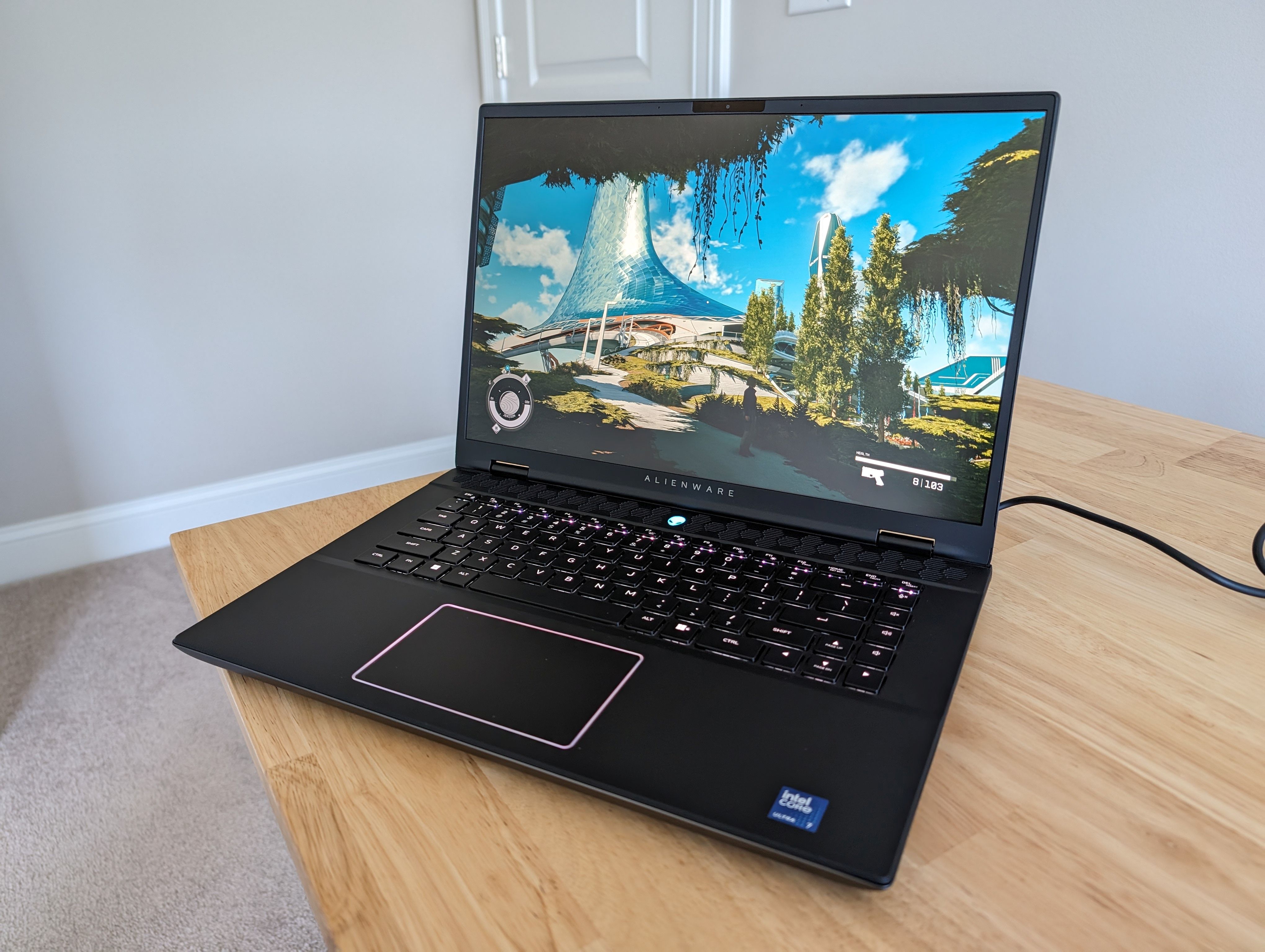
 Read our review
Price When Reviewed:
$1,849.99
Best Prices Today:
$1849.99 at Dell
Read our review
Price When Reviewed:
$1,849.99
Best Prices Today:
$1849.99 at Dell
The ergonomics of gaming laptops come with its own pros and cons. First, many gaming laptops will have great keyboards such as the low-profile mechanical MX Cherry keyboards found on top-end units. Tactile response and accuracy are important for professional work, benefiting from the gaming-DNA.
Trackpads are often large and responsive, but one always has the flexibility of connecting external peripherals for more accurate inputs.
Audio is another component that will be important for users such as video editors. Laptop speakers are notoriously flimsy, but some high-end models such as the Razer Blade series have adequate speakers. Most professionals will turn to external solutions or headphones for mission critical work, however. Spatial or surround sound aspects of many gaming laptops will also be lost on professionals.
ConclusionIf you look past RGB aesthetics adorning most gaming laptops, they’re stellar professional machines. With hot-rod levels of hardware to power demanding games, it translates directly to many professional workflows.
Adobe Photoshop users will find powerful CPUs with high-clock speeds very capable. 3D graphics artists and video editors will benefit from the powerful GPUs with more than sufficient VRAM. Fast NVME drives and abundant RAM limits means that many demanding apps can have a home on these mobile powerhouses. Nvidia Studio drivers are available for professional applications and feature widespread support on consumer hardware. it’s a no-brainer that creators venture towards gaming laptops.
The garden variety of gaming laptops, such as those curated by PCWorld, is a big help to creators. Not everyone wants or needs a $5,000 laptop, so there are plenty of cheaper offerings available. With upgradability in the form of RAM and NVME drives, there’s also flexibility built-in for future proofing.
Mobility will be important for many who rely on travel and need portability. Poor battery life, loud fans, and smaller screens are often outweighed by the performance on tap. When the work is done, you’ll also have the benefit of playing the latest games for some leisurely activity if you so desire. The only choice you’re left with is if you’ll leave the RGB on or off.
Gaming Laptops